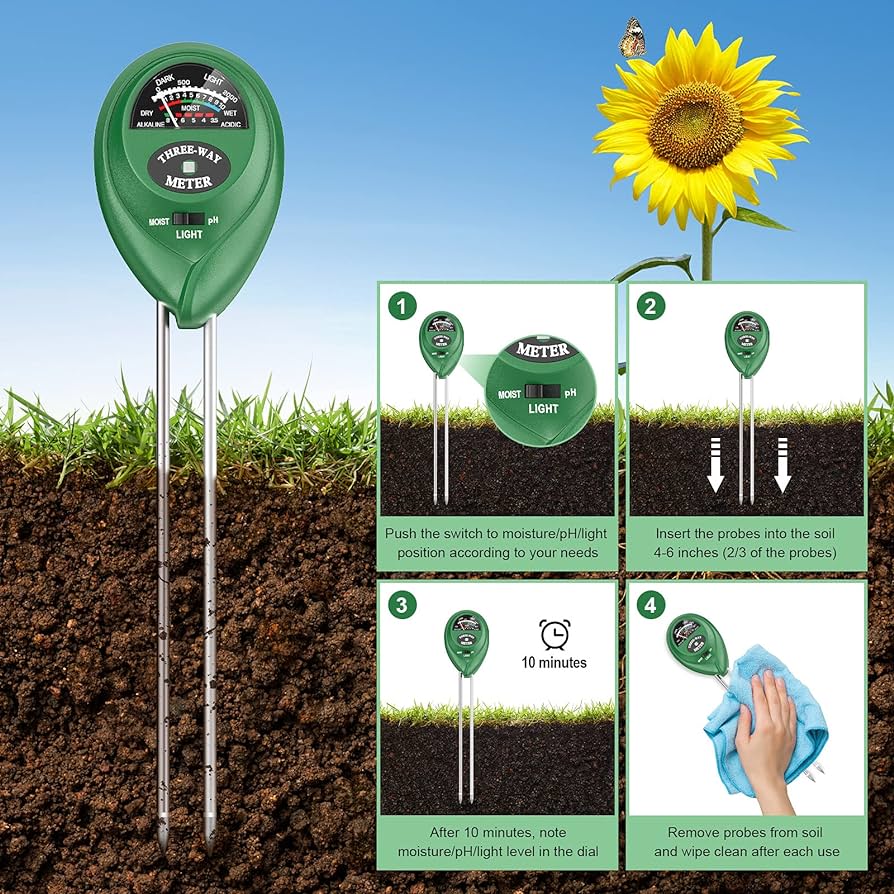We all know that pesky weeds are simply a part of any lawn and landscape maintenance regimen. Whether you’re proactive and apply pre-emergents during the correct times of year (products that prevent future weeds) or hand-pull them, weeds can be a real—and sometimes costly—nuisance.
When it comes to weed control, there are ideal strategies to help prevent and treat weeds. This article, however, will focus on controlling weeds during the worst time of year for herbicide applications.
Why is summer a bad time for weed control?
Summer is renowned for being one of the worst times of year to apply any weed control products on warm or cool season grass. Weed control products shouldn’t be applied when temperatures exceed 85 degrees Fahrenheit. Combined with the heat, the chemicals found in weed control products will damage the grass or other desired plants it’s applied to.
The ultimate solution is to wait until temperatures are consistently below 85 degrees Fahrenheit for several days—usually in the fall—and apply a post-emergent herbicide (products that control existing weeds) to any weeds in your yard. But what if you simply can’t wait that long?
How to control weeds during the summer
Applying any form of weed control product to gardens, landscapes, or grass with desired vegetation around is a bad idea during the summer. The summer heat will cause weed control chemicals to burn the surrounding vegetation resulting in a dead or damaged landscape.
Method 1: Apply a pre-emergent herbicide in the spring
The first method consists of waiting until next spring and applying a pre-emergent herbicide to prevent summer weeds from taking hold of your lawn and garden. This isn’t always the most favored option because of the waiting period, but it’s the most effective method to keep future weeds out.

Hi-Yield Atrazine Weed Killer is an atrazine-based herbicide designed to control weeds like henbit, dollar weed, chickweed, clover, sandspur, and others listed on the product label in St. Augustine and centipede grass.
Method 2: Hand-pull them or dig them up
The next method we suggest is hand-pulling the weeds or digging them up. Go to your garage or storage shed and grab a pair of gloves and a garden trowel to remove the weeds and a plastic bag or wheelbarrow to dispose of them.
When hand-removing the weeds, be sure to grab from the base of the weed to effectively pull up as many roots from the weed as possible. A small garden trowel will help dig into the soil to get underneath as much rootage as possible to completely remove the weed.
Be prepared, though—some weeds have long, underground tubers (or runners) that run as much as several feet along the landscape. If this is the case, you may need a bigger shovel to remove the entire weed. Only pulling the part of the weed that’s above-ground isn’t effective in this case because the long underground tuber will remain in the soil and keep sprouting weeds.





